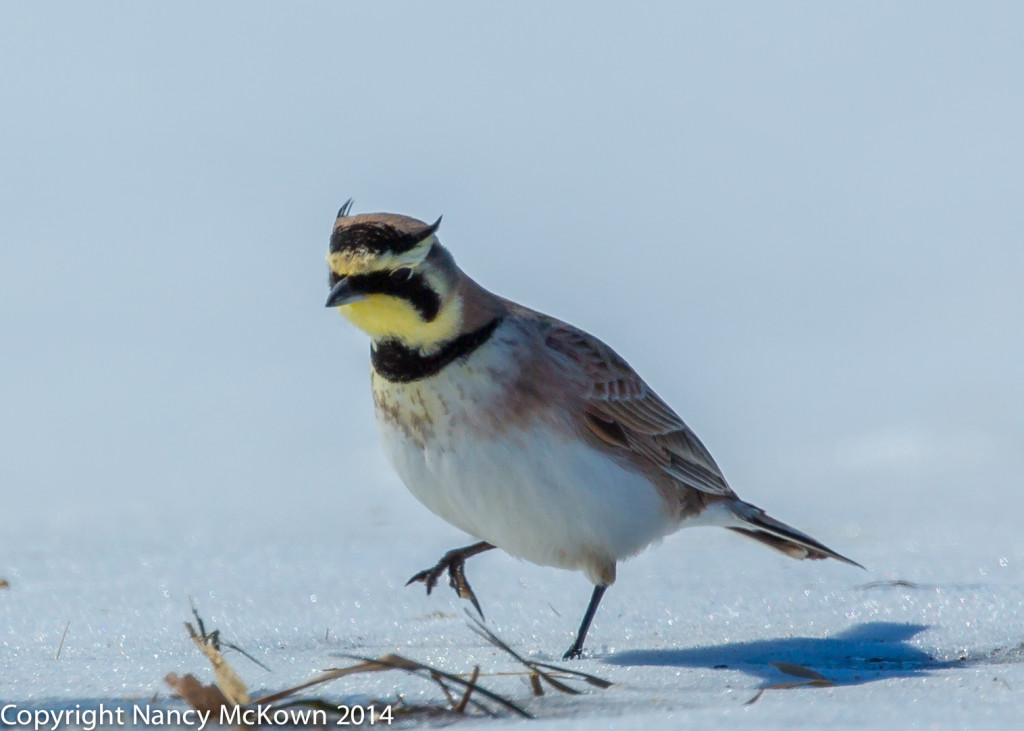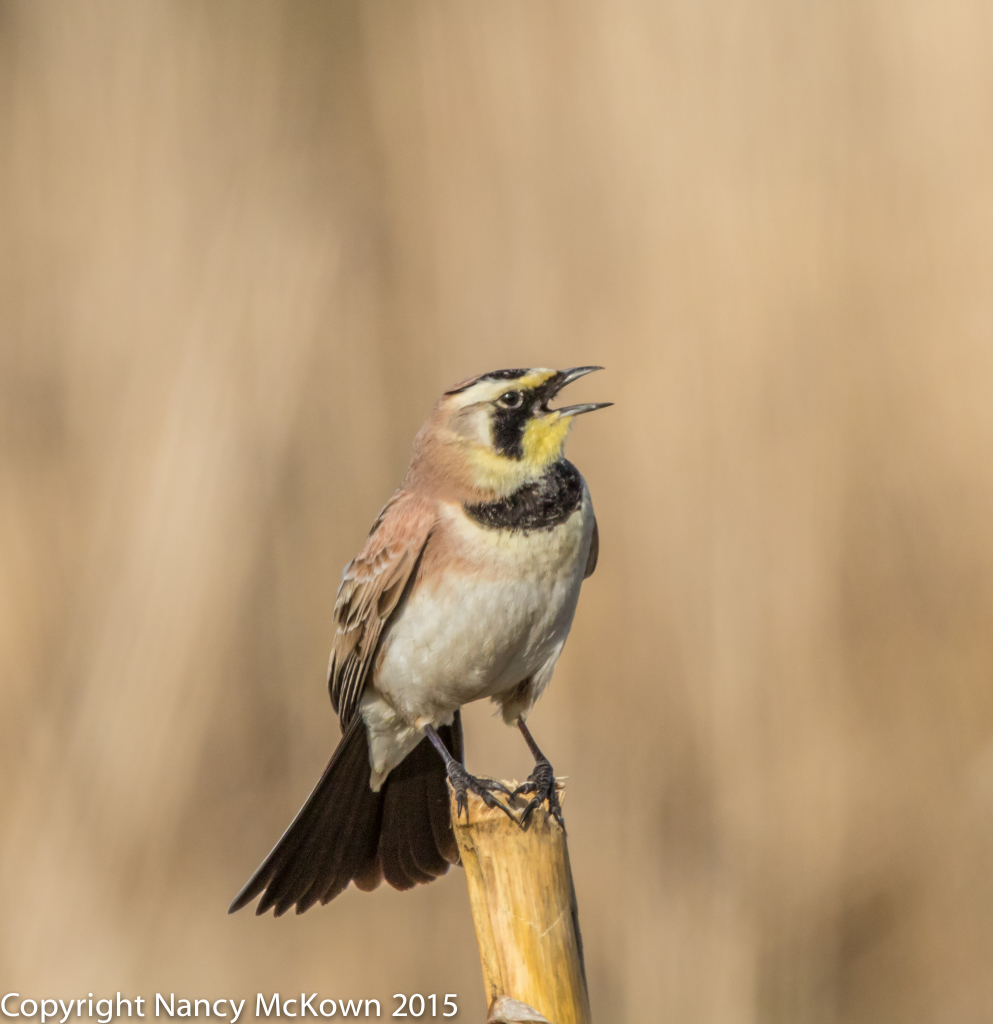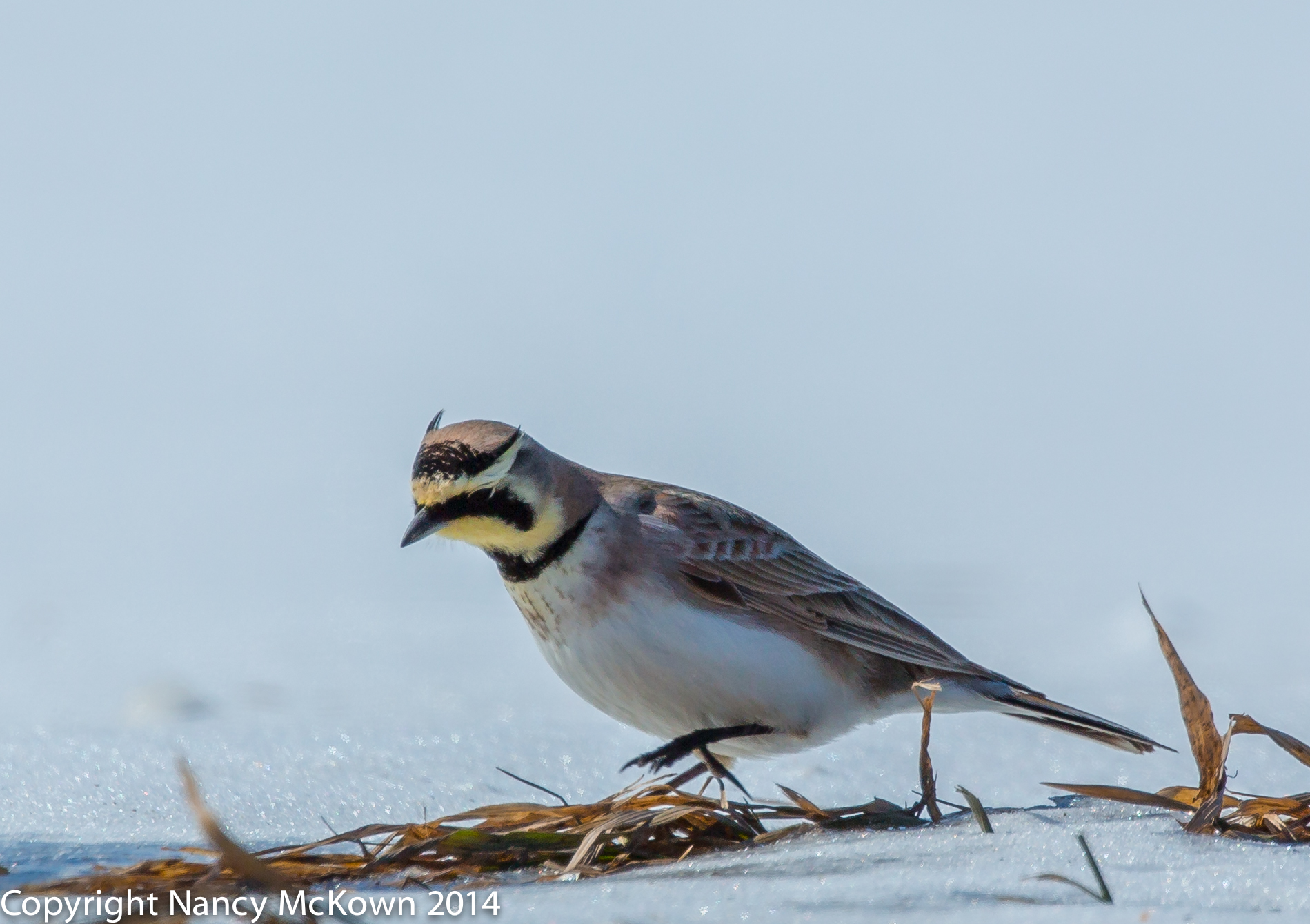Photographing Returning Migratory Birds
Whatever triggers the start of spring migratory behavior in birds in the Northern Hemisphere appears to be working (length of day, celestial cues, magnetic sensing, warmer temperatures, food availability, learned routes and genetic wiring, etc.). Many species of songbirds are returning, even though Michigan is still deep within the icy fingered grasp of old man winter.
But these triggers are not totally foolproof for all birds. More than ever before, I’ve seen individuals of several species of migratory birds (Eastern Blue Birds, Robins, Cedar Waxwings) ignore the call to regular seasonal movement and spend the winter in Michigan.
The Evolution of Migration Patterns
It’s all about long term survival. Migration patterns evolve with the changing environmental conditions. When some individuals stay behind, their survival through the winter can determine, over time, whether migration will change.
The birds that do migrate are those who feed primarily on nectar and insects-not readily available in winter. Some birds will ignore the call to migrate, despite the dangers inherent in winter survival, if there is subsistence to be found where they are. (See Wintering Bluebirds Post at this link). After all, staying put might be safer than facing the hazards they may encounter on their migratory journeys. These dangers include exhaustion, starvation, inexperience, predators, loss of stopover habitats, destruction of wintering grounds, collisions, night time lighting and getting lost.
A very good explanation of WHY a small percentage of every migratory species do not migrate is available at this link and this link.

ISO 160; f/9.0; 1/2000 Second
Spring – A New Beginning
For the past couple days I’ve noticed flocks of hundreds of returning horned larks flying in the cornfields, shivering in the snow and searching for grit by the roadsides. Male horned larks have devil-like horn feathers on top of their heads. The birds’ colors blend well into the background of the gravel roads. Once spotted, they are hard to approach. When one bird becomes alarmed, the whole flock lifts off and circles back to another location on the ground.

Displayed- Part of an Elaborate Courting Behavior.
ISO100; f/7.1; 1/2000 Second
eBird.org Migratory Tracking
I have been incorrectly assuming that all migratory birds move from northern to southern locales in the winter. (That’s what I would do to get away from the cold.) But the migratory behavior of birds is varied and complex. eBird, an organization that tracks bird movement information gathered from bird watchers, has been tracking millions of data points (showing locations and dates) of 300 individual migratory bird species. The goal is to better understand how much the migratory behavior of birds is changing over time, and why.
According to the eBird data, horned larks do not go south for the winter. Please visit this eBird link for more information about the horned larks’ east to west migratory patterns.
UPDATE – Horned Lark Still in Michigan in April, 2015
According to my birding books, the horned lark does not nest in Michigan. The snow is almost gone and we are still seeing quite a few horned larks in April and into the summer months in the fields in S.W. Michigan. I think they do nest here as See photos below.

Horned Lark, July, 2014

(Finally photographed one on an Attractive Perch!)
ISO500; f/8; 1/2500 Second
